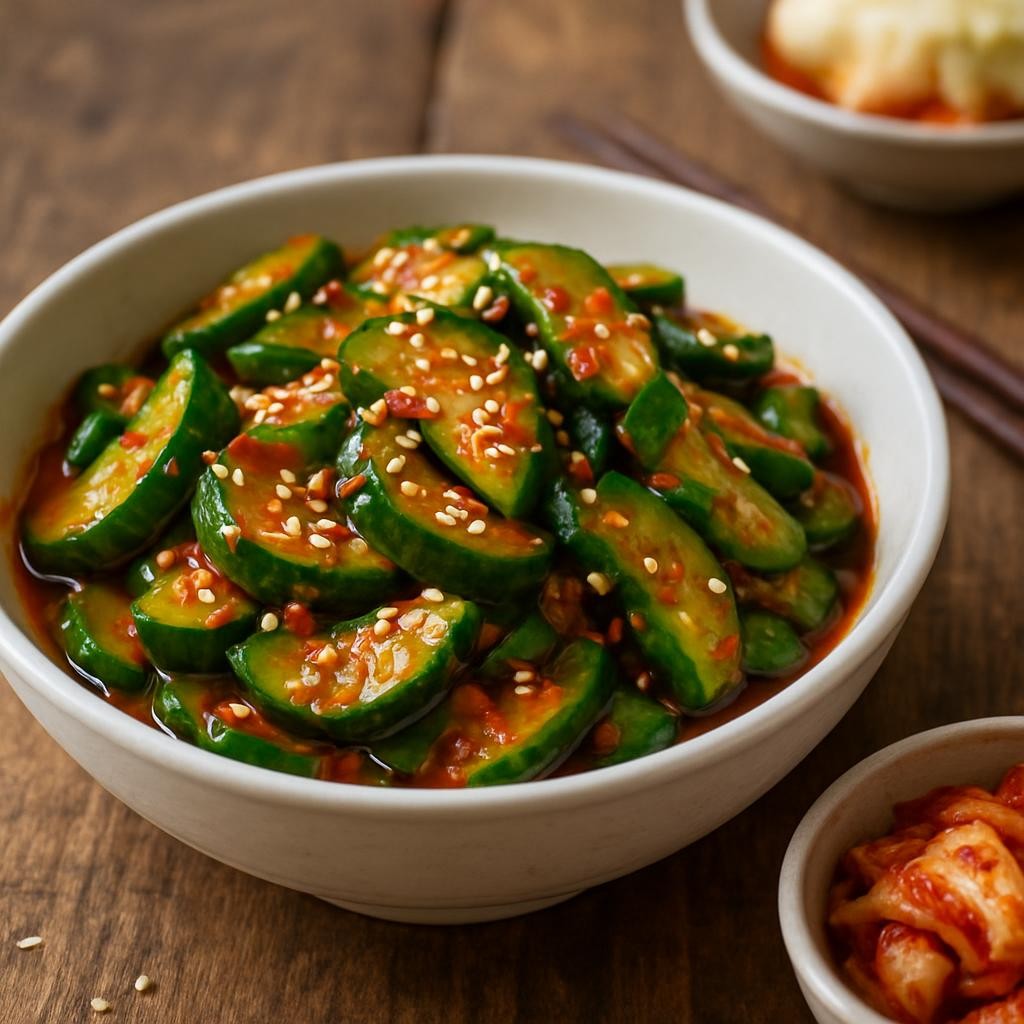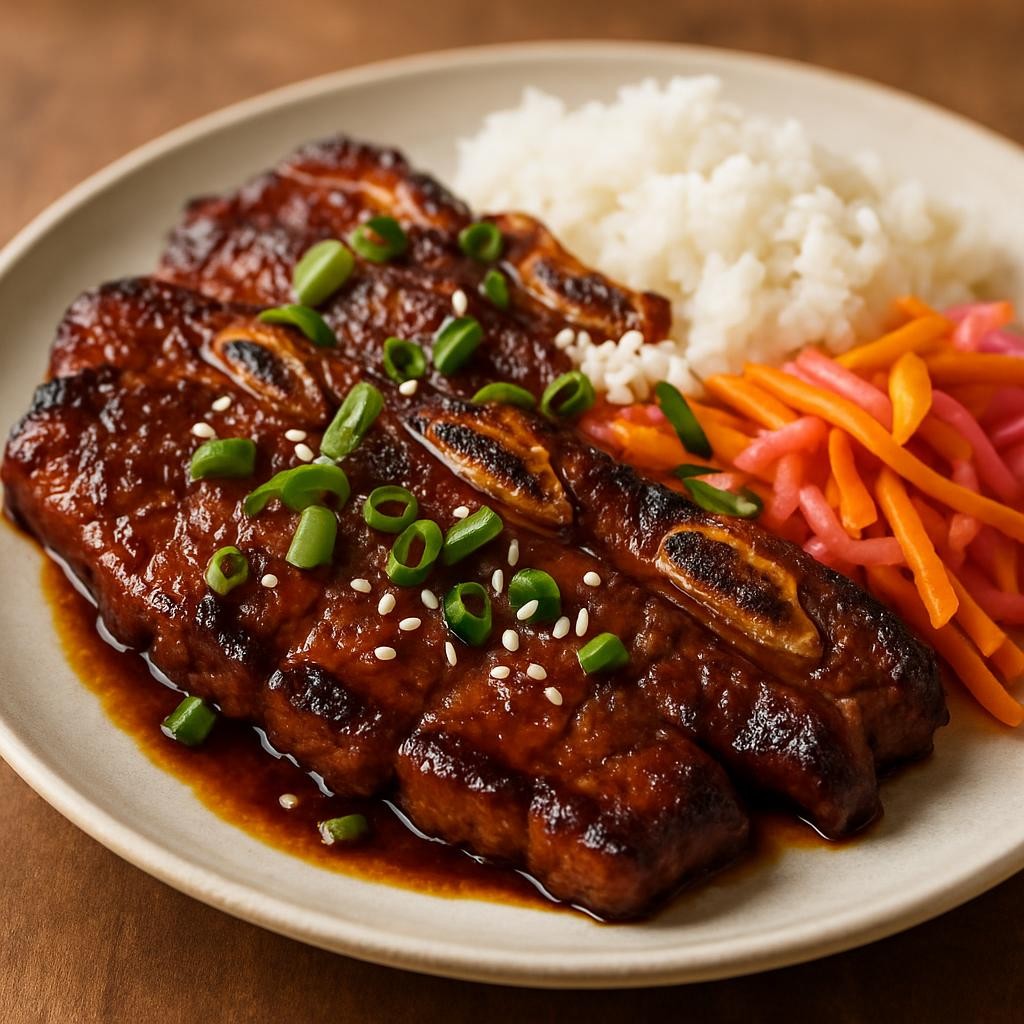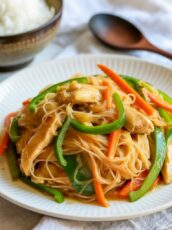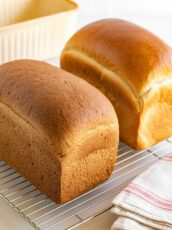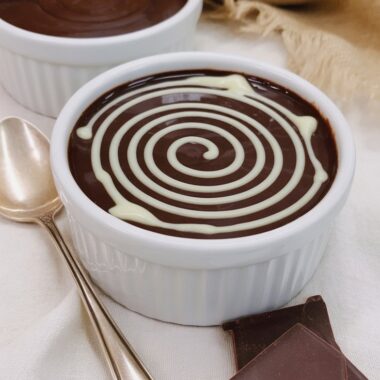Udon Noodle Soup, also known as Kake Udon, is a comforting Japanese dish that features thick, chewy udon noodles served in a flavorful dashi-based broth. Its simplicity and warmth make it an ideal meal for any time of year, but especially during chilly days when you crave something nourishing. The beauty of Kake Udon lies in its versatility, allowing for an array of toppings that can cater to every palate. Whether you’re looking for a quick weeknight dinner or a dish to impress your friends, this recipe delivers on taste and satisfaction.
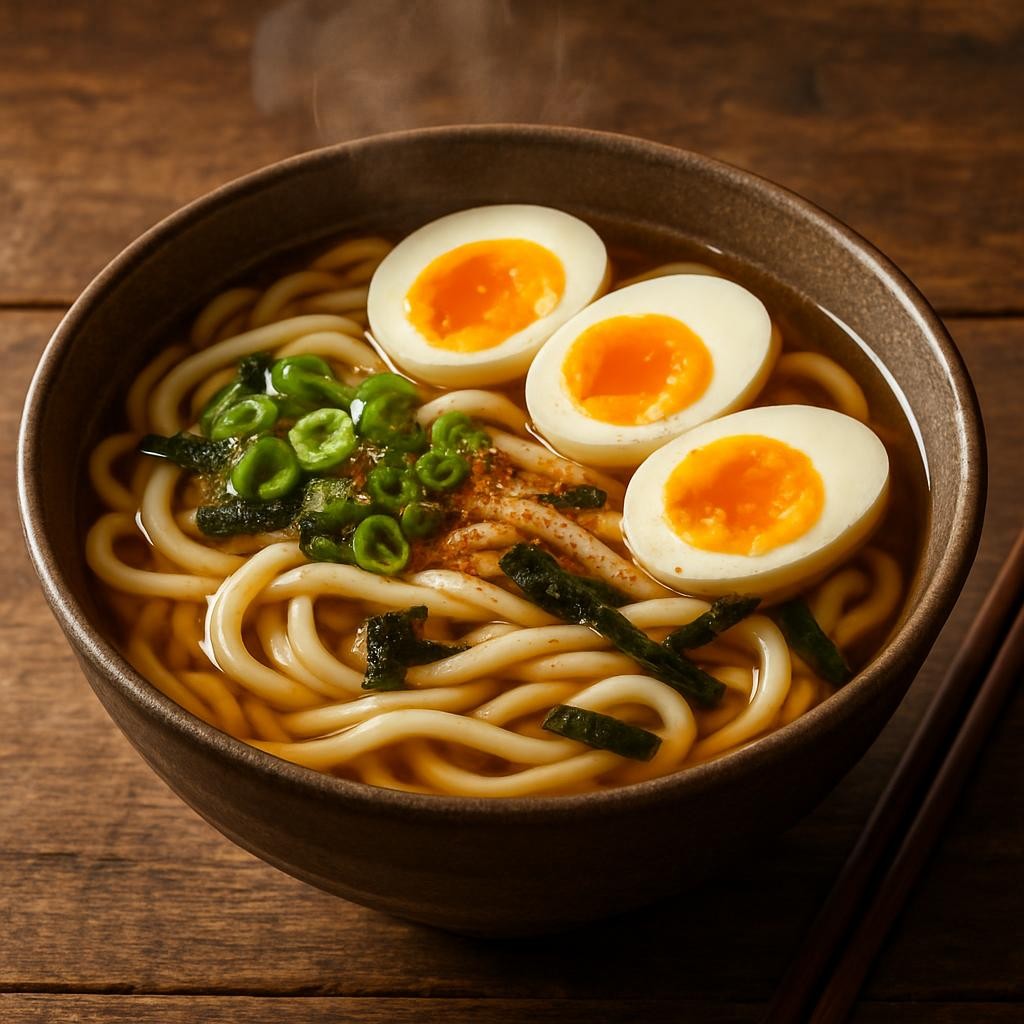
Why You Will Love This Recipe
You’ll fall in love with Kake Udon for its rich umami flavor, which comes from the dashi broth—a staple in Japanese cuisine. The broth is light yet deeply satisfying, complementing the thick, slurp-worthy udon noodles perfectly. Plus, this recipe is incredibly easy to prepare, making it accessible even for beginner cooks. In just about 30 minutes, you can whip up a wholesome meal that fits well into vegetarian or gluten-free diets (with appropriate substitutions). It’s not just a dish; it’s a warm hug in a bowl!
Tips and Tricks
- Use Fresh Udon: If possible, opt for fresh udon noodles over dried ones for the best texture. Fresh noodles will cook faster and have a chewier bite.
- Make Your Own Dashi: For a more authentic flavor, consider making your own dashi using kombu (seaweed) and bonito flakes. This will elevate your broth to a whole new level.
- Prep Toppings in Advance: Chop your vegetables and prepare any proteins ahead of time. This will streamline the cooking process and make dinner come together faster.
- Experiment with Broth: If you’re feeling adventurous, try adding a splash of soy sauce or mirin for extra depth, or go for a miso-based broth for a different flavor profile.
Make Ahead Tips
You can prepare the dashi broth in advance and store it in the refrigerator for up to three days. Cooked udon noodles can also be stored in an airtight container for about 2-3 days. Just reheat them gently before serving. If you want to save time on weeknights, consider chopping vegetables and proteins ahead of time and storing them separately in the fridge.
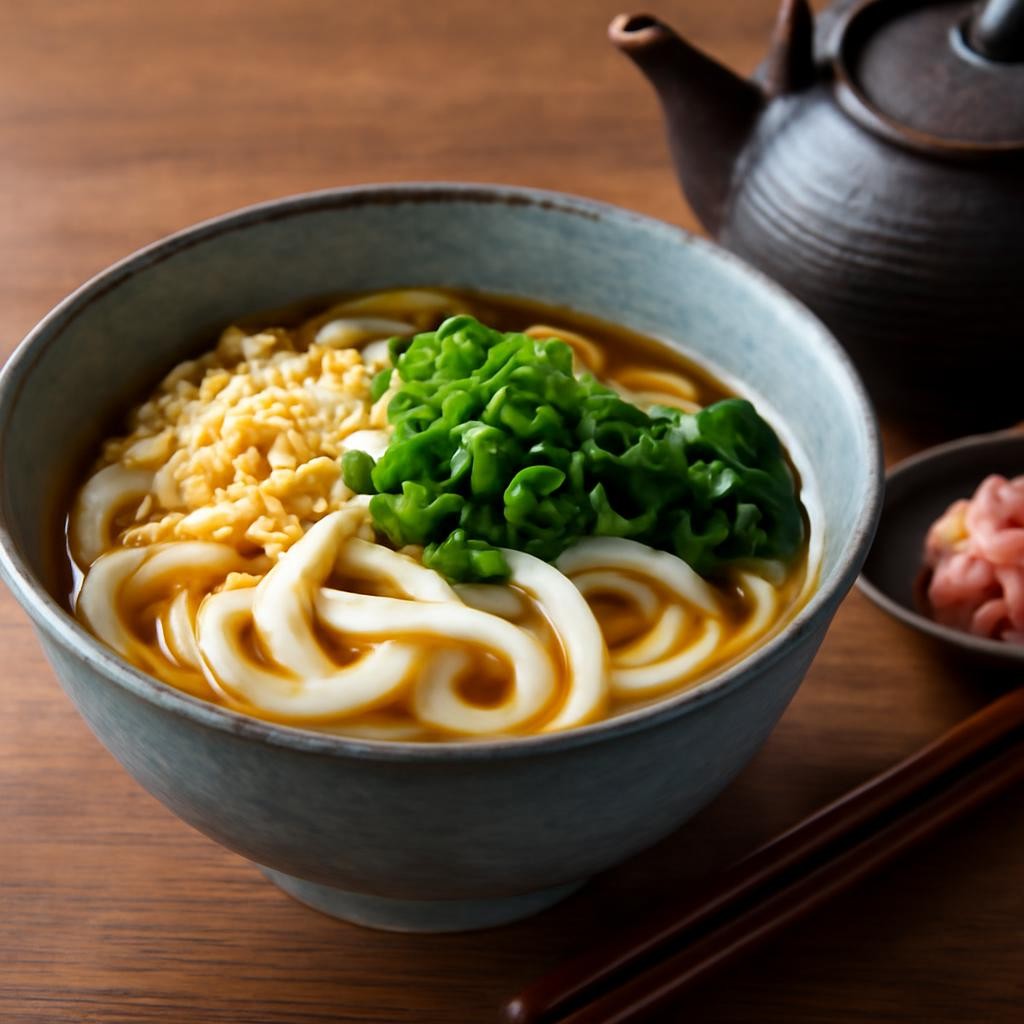
Recipe Variations
- Spicy Kake Udon: Add a spoonful of chili paste or chili oil to your broth for a spicy kick.
- Vegetarian Option: Use vegetable dashi or miso broth instead of fish-based dashi.
- Protein Additions: Top your udon with grilled chicken, shrimp, or tofu for added protein.
- Seasonal Vegetables: Incorporate seasonal vegetables like bok choy in the spring or root vegetables in the fall.
How to Serve
Serve your finished Kake Udon in a large, deep bowl for a hearty presentation. Garnish with thinly sliced scallions, a sprinkle of shichimi togarashi (Japanese seven-spice), and a dash of sesame oil for added flavor. For a touch of color, you can also add a few slices of nori or a soft-boiled egg on top. Pair your udon with a side of pickled ginger for an authentic experience.

Pairing Suggestions
For a delightful drink pairing, consider serving your Kake Udon with a chilled glass of sake or a light Japanese beer. Alternatively, a warm cup of green tea complements the flavors beautifully. As for side dishes, you can enjoy it with a light salad or some tempura vegetables for a satisfying meal.
How to Store
Leftover Kake Udon can be stored in an airtight container in the refrigerator for up to 3 days. The noodles may absorb some of the broth; when reheating, add a splash of water or broth to loosen the mixture. You can freeze the broth separately from the noodles for up to a month. When you’re ready to enjoy it, thaw the broth in the refrigerator overnight and reheat gently on the stovetop.
Equipment Needed
- Large pot for boiling noodles
- Medium saucepan for the broth
- Ladle for serving
- Sharp knife and cutting board for preparing toppings

Dietary Adaptations
To make Kake Udon vegan, simply replace the dashi with a vegetable broth and skip any meat toppings. For gluten-free options, look for gluten-free udon noodles or substitute with rice noodles. Check labels on soy sauce to ensure it’s gluten-free if needed.
Seasonal Adaptations
In the spring, add fresh green onions and snap peas for a vibrant touch. During winter, consider using hearty vegetables like shiitake mushrooms or bok choy for warmth and nutrition. In the fall, a sprinkle of pumpkin or squash can bring a seasonal twist to your udon soup.
Recipe FAQs
- Can I use instant ramen noodles instead of udon? While you can use instant ramen, the texture and flavor will differ. Udon noodles offer a unique chewiness that enhances the dish.
- How long does it take to cook udon noodles? Fresh udon typically cooks in about 3-5 minutes, while dried udon may take 8-10 minutes. Always check the package instructions.
- Can I make this dish spicy? Absolutely! Simply add chili oil, sauce, or fresh peppers to the broth to achieve your desired spice level.
Udon Noodle Soup (Kake Udon)
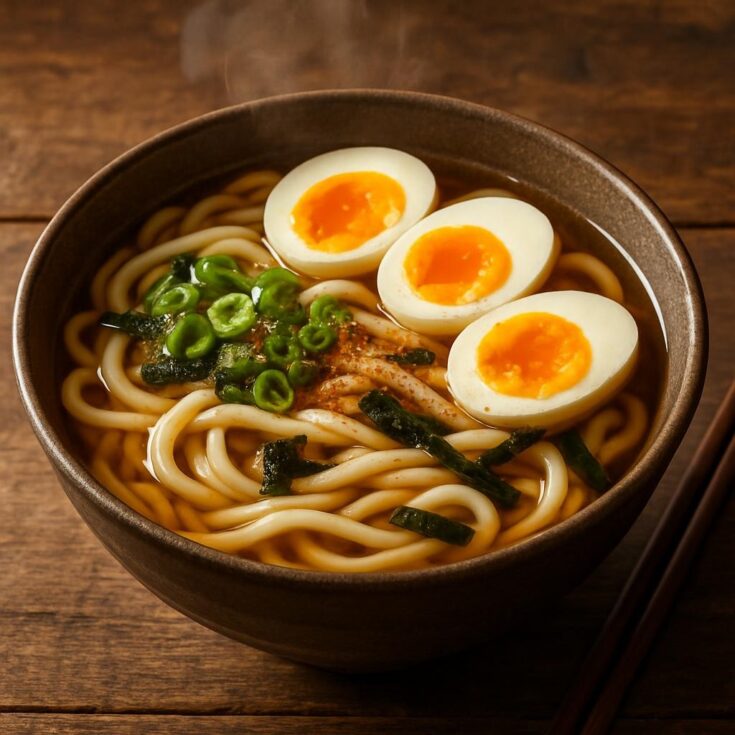
Udon Noodle Soup, also known as Kake Udon, is a comforting Japanese dish that features thick, chewy udon noodles served in a flavorful dashi-based broth.
Ingredients
- 400g fresh udon noodles
- 4 cups dashi broth (or vegetable broth)
- 2 tablespoons soy sauce
- 1 tablespoon mirin (optional)
- 2 green onions, thinly sliced
- 1 sheet nori, cut into strips (optional)
- Sesame oil for drizzling
- Toppings of your choice (tofu, mushrooms, soft-boiled egg, etc.)
Instructions
- Prepare the Broth: In a medium saucepan, combine the dashi broth, soy sauce, and mirin. Heat over medium until simmering. Adjust seasoning to taste.
- Cook the Noodles: In a large pot of boiling water, add the udon noodles. Cook according to package instructions until tender. Drain and rinse under cold water to stop the cooking process.
- Combine: Divide the cooked udon noodles into serving bowls. Pour the hot dashi broth over the noodles.
- Add Toppings: Garnish each bowl with sliced green onions, nori strips, and any additional toppings you prefer.
- Serve: Drizzle with sesame oil and serve hot.
Nutrition Information:
Yield: 4 Serving Size: 1Amount Per Serving: Calories: 159Total Fat: 6gSaturated Fat: 1gTrans Fat: 0gUnsaturated Fat: 4gCholesterol: 2mgSodium: 808mgCarbohydrates: 18gFiber: 1gSugar: 2gProtein: 9g
Asianplated.com, occasionally offers nutritional information for recipes contained on this site. This information is provided as a courtesy and is an estimate only. This information comes from online calculators. Although allchickenrecipes.com attempts to provide accurate nutritional information, these figures are only estimates.
Final Thoughts
Kake Udon is more than just a meal; it’s a delightful experience that warms the soul. With its rich flavors and comforting textures, this noodle soup can easily become a staple in your kitchen. Whether you stick to the classic recipe or experiment with your own variations, each bowl offers a new adventure. So grab your chopsticks, enjoy the slurp, and make this delicious udon noodle soup a part of your culinary repertoire!

